Daily Archives: May 6, 2017
Labor Council latest to make plea for Carlos Rafael permits to remain in New Bedford
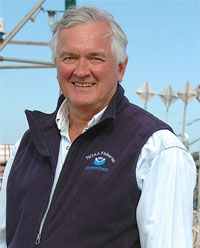 The line of organizations with their eyes focused on the future of Carlos Rafael’s fishing permits continued to grow Friday. The Greater Southeastern Massachusetts Labor Council addressed a letter to John K. Bullard, NOAA’s regional director from Maine to Cape Hatteras, North Carolina, as well as U.S. Attorney William Weinreb that urged the two men “to allocate the fishing permits now controlled by Carlos Rafael to the New Bedford area.” We sent a letter basically because of the fishing industry in New Bedford,” Cynthia Rodrigues, president of the council said. “(The permits landing elsewhere) will hurt the fishing in New Bedford.” Bullard said he couldn’t comment on matters under litigation but saw no issues with parties announcing their opinions on the matter. click here to read the story 16:56
The line of organizations with their eyes focused on the future of Carlos Rafael’s fishing permits continued to grow Friday. The Greater Southeastern Massachusetts Labor Council addressed a letter to John K. Bullard, NOAA’s regional director from Maine to Cape Hatteras, North Carolina, as well as U.S. Attorney William Weinreb that urged the two men “to allocate the fishing permits now controlled by Carlos Rafael to the New Bedford area.” We sent a letter basically because of the fishing industry in New Bedford,” Cynthia Rodrigues, president of the council said. “(The permits landing elsewhere) will hurt the fishing in New Bedford.” Bullard said he couldn’t comment on matters under litigation but saw no issues with parties announcing their opinions on the matter. click here to read the story 16:56

Save our seal(er)s – Jim Winter, St. John’s
The population of harp seals off Canada’s East Coast is about 7.5 million. For over 50 years, marine mammal scientists have studied the herd, and from this science annual quotas are set. During this period, the herd has more than tripled in size. The seals we hunt are fully weaned and independent. Harp seal dames feed their offspring for 11 to 15 days and leave them; they are not helicopter parents. The use of anthropomorphic words like “baby” is merely heart-tugging propaganda. The only study portraying the killing as inhumane was paid for by the International Fund for Animal Welfare and conducted by a group of British vets and was never peer-reviewed, as is customary with studies of this kind. Every other study, including one by the International Veterinary Group, has found the hunt to operate as humanely as any slaughterhouse in the Western World. click here to read the letter 16:11
Proposed new rules for lobstering up for vote amid decline in southern New England
 Scientists have said populations of lobsters off of Connecticut, Rhode Island and southern Massachusetts have declined as waters have warmed. A board of the Atlantic States Marine Fisheries Commission is scheduled to vote on new management measures Monday and Tuesday. Fishing managers are considering tools like trap reductions, changes to the legal harvesting size of lobsters and seasonal closures to try to preserve the population. Some lobster fishermen have opposed the possibility of new measures, saying such a move would kill off what remains of a once-vibrant fishery. “Any further reductions in traps would be hard to accommodate, given that there are so few fishermen left in (southern) Massachusetts and Rhode Island,” said Beth Casoni, executive director of the Massachusetts Lobstermen’s Association. click here to read the story 11:26
Scientists have said populations of lobsters off of Connecticut, Rhode Island and southern Massachusetts have declined as waters have warmed. A board of the Atlantic States Marine Fisheries Commission is scheduled to vote on new management measures Monday and Tuesday. Fishing managers are considering tools like trap reductions, changes to the legal harvesting size of lobsters and seasonal closures to try to preserve the population. Some lobster fishermen have opposed the possibility of new measures, saying such a move would kill off what remains of a once-vibrant fishery. “Any further reductions in traps would be hard to accommodate, given that there are so few fishermen left in (southern) Massachusetts and Rhode Island,” said Beth Casoni, executive director of the Massachusetts Lobstermen’s Association. click here to read the story 11:26
Perfectly good fisheries data being ignored – Harvey Jarvis, concerned citizen
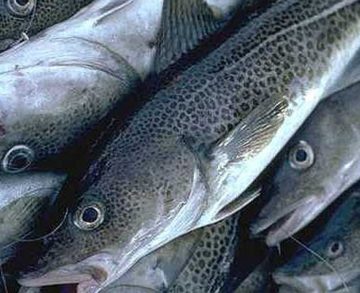 DFO is currently under fire, from several different fronts, about recent science stock assessment estimates and the subsequent management decisions. Someone not familiar with the science assessment process might believe the federal Fisheries minister’s recent announcement to conduct cod assessments every year is way of addressing current deficiencies. It is not! Conducting full, peer-reviewed, annual assessments used to be a normal occurrence until Ottawa gutted DFO science and management at the regional level. Those annual assessments failed to prevent the cod moratorium in 1992. Simply reverting to an annual assessment process will in no way address current deficiencies. Critical to the assessment process is the mathematical model that computes biomass. Critical inputs to that model are survey indices and commercial catch. If the model is flawed or if critical inputs are not included, the assessment results will be flawed. click here to read the letter 09:37
DFO is currently under fire, from several different fronts, about recent science stock assessment estimates and the subsequent management decisions. Someone not familiar with the science assessment process might believe the federal Fisheries minister’s recent announcement to conduct cod assessments every year is way of addressing current deficiencies. It is not! Conducting full, peer-reviewed, annual assessments used to be a normal occurrence until Ottawa gutted DFO science and management at the regional level. Those annual assessments failed to prevent the cod moratorium in 1992. Simply reverting to an annual assessment process will in no way address current deficiencies. Critical to the assessment process is the mathematical model that computes biomass. Critical inputs to that model are survey indices and commercial catch. If the model is flawed or if critical inputs are not included, the assessment results will be flawed. click here to read the letter 09:37
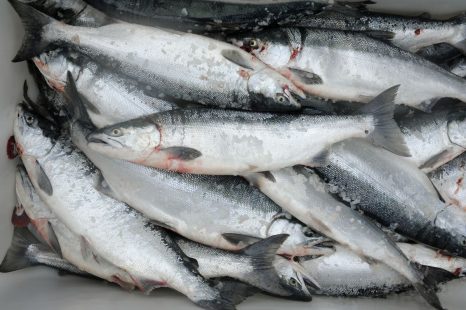
Copper River salmon return may not be huge, but at least they’re en route
After a long hard winter, Alaska’s commercial salmon fishing season officially gets underway in less than two weeks. The first big fishery for sockeye and king salmon is set for May 18 at Copper River, and the town of Cordova is buzzing, said Christa Hoover, executive director of the Copper River/Prince William Sound Marketing Association. “The mood changes at the start of May with all the folks back in town and boats going in and out of the water,” she said. Enthusiasm among the fleet of more than 500 drift gillnetters has not been dampened by a reduced harvest projection. Fishery managers expect a Copper River salmon catch this season of just 889,000 sockeyes, 4,000 kings and 207,000 coho salmon. “Regardless of the forecast from one year to the next, fishermen just want to have their nets in the water. It’s what they do and they are ready to go,” Hoover said. click here to read the story 08:34






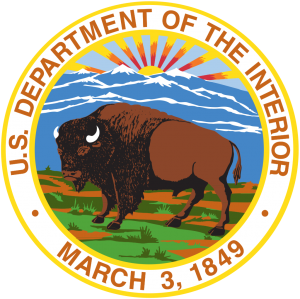





























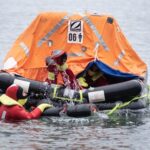
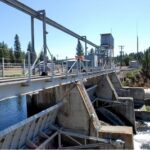
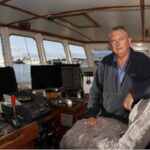
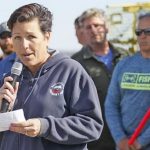
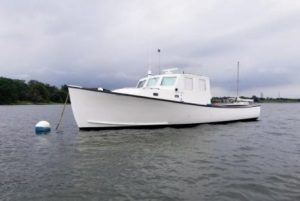
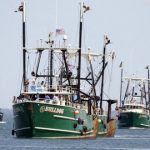
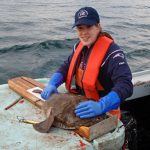

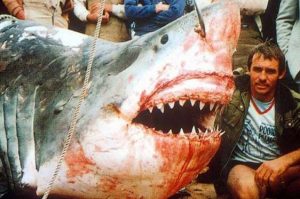
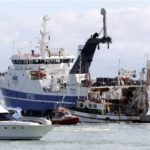
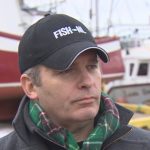

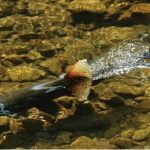
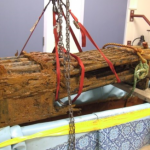



End of era for Naples fishing industry? Commentary by Tom Marvel, commercial fisherman, Naples
Share this post